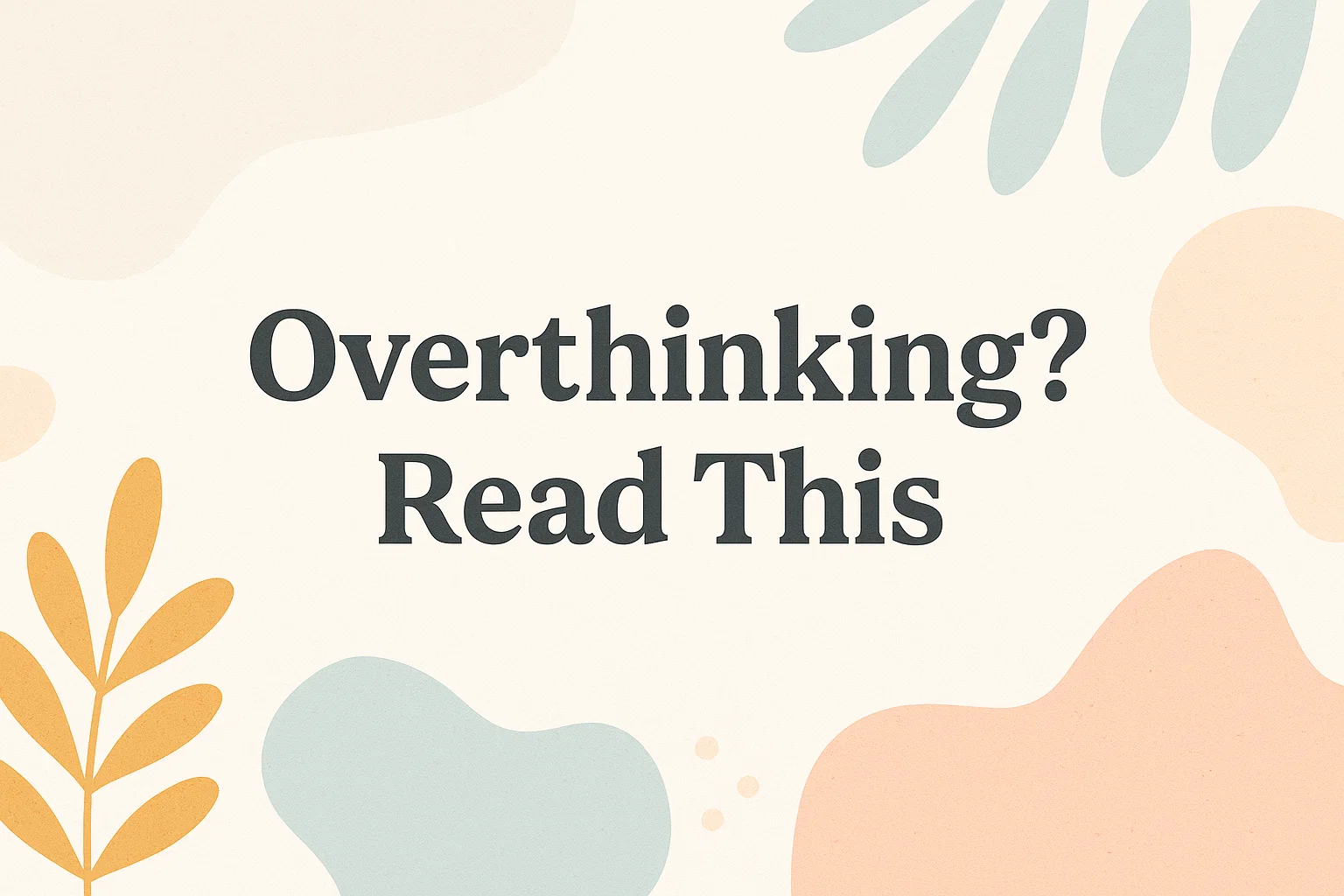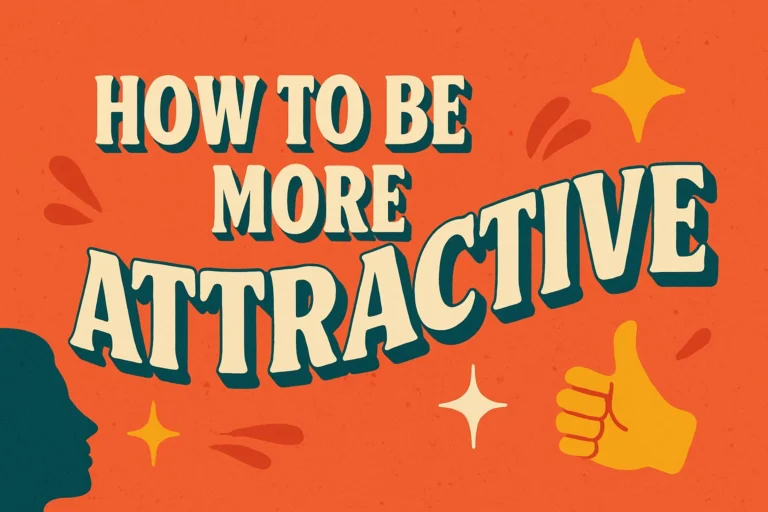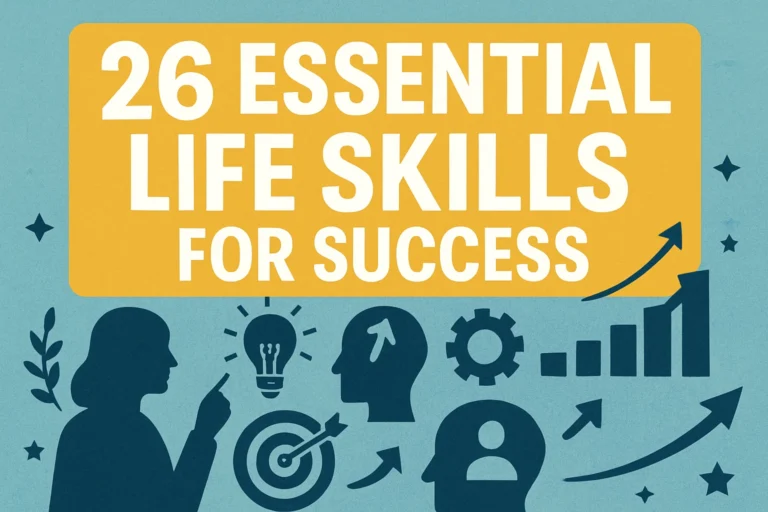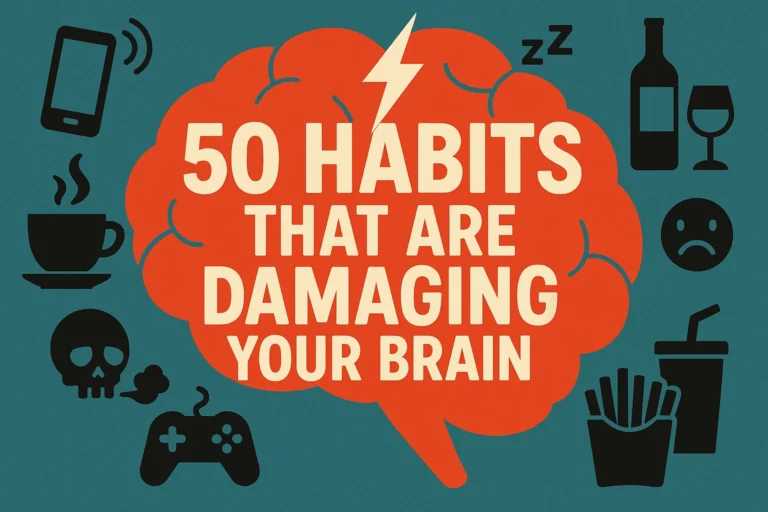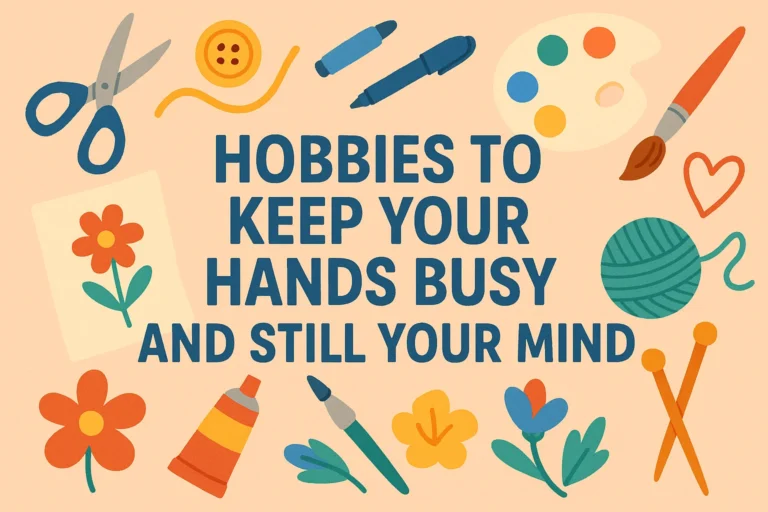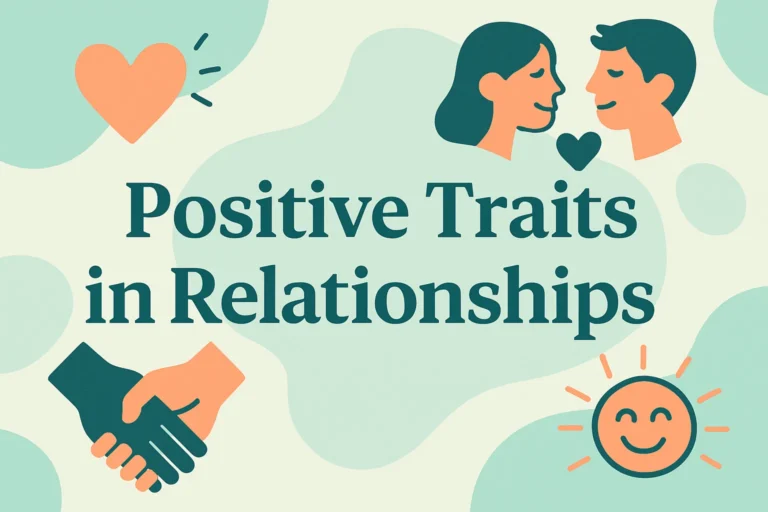Self Improvement Tips Stop Overthinking and Embrace Calm Mindfulness Techniques
Self Improvement Tips: Stop Overthinking and Embrace Calm Mindfulness Techniques
Ever find yourself lying in bed at 2 AM, mentally re-writing that awkward email you sent in 2014? Or perhaps you’ve just spent 45 minutes agonizing over which sandwich to order for lunch, as if you’re choosing the final codes to disarm a nuclear warhead? Yeah, me too. Welcome to the wonderful, exhausting world of overthinking.
Our brains are fantastic machines, but sometimes they feel like a browser with 97 tabs open—and one of them is playing music you can’t find. We get so caught up in analyzing the past or forecasting a future that hasn’t happened yet that we completely miss the present moment. It’s exhausting, and frankly, it’s a terrible way to live.
But what if I told you that the peace you’re looking for isn’t in a new productivity app or a complicated life hack? It’s already in your head. You just need to learn how to quiet the noise. Let’s chat about how to stop the mental merry-go-round and step into a calmer, more mindful way of being.
Why Your Brain is Addicted to Overthinking
First things first, let’s not villainize our overactive minds. We’re not broken; our brains are literally wired for this. Back in the caveman days, this constant analysis was a survival mechanism. “Overthink that rustle in the bushes? Probably a sabretooth tiger. Good job, brain. You saved us!” Today, the “tigers” are mostly Slack messages and social obligations, but our primal wiring hasn’t quite gotten the memo.
The problem is that this loop of rumination (dwelling on the past) and worry (fretting about the future) creates a constant low-level hum of anxiety. It traps you in a parallel universe of “what-ifs” and prevents you from taking any real, actionable steps in the actual world. You’re so busy thinking about life that you forget to actually live it. Sound familiar?
The Antidote: What is Mindfulness, Really?
I know, I know. “Mindfulness” can sound like a fluffy buzzword you’d see on a expensive yoga retreat brochure. But strip away the hype, and it’s incredibly simple—and shockingly powerful.
Mindfulness isn’t about emptying your mind or achieving a state of eternal bliss. That’s a common misconception that trips everyone up. Trying to stop thinking is like trying to stop your heart from beating. It’s not going to happen, and you’ll just stress yourself out more.
So what is it, then? Mindfulness is the practice of gently noticing your thoughts and feelings without judgment. It’s about shifting from being lost in your thoughts to being an observer of your thoughts. Imagine your mind is a sky, and your thoughts are just clouds passing by. You don’t have to stop the clouds or chase them away; you can just watch them drift past.
This simple shift in perspective is a game-changer. It creates a tiny space between a thought and your reaction to it. And in that space, you find your freedom and your calm.
Your No-Woo-Woo Toolkit: Practical Mindfulness Techniques
You don’t need a special cushion, incense, or to chant anything. You can start integrating these techniques into your life right now. IMO, the best techniques are the ones that feel so simple you almost doubt they’ll work. But trust me, they do.
The 5-4-3-2-1 Grounding Technique
When your mind is spinning into a panic spiral about something that might happen next week, you need to forcibly bring it back to the present. This technique is my absolute go-to. It’s like a system reboot for your anxiety.
Here’s how it works. Wherever you are, pause and find:
* 5 things you can see (That pen on your desk, a smudge on the window, a specific colour you like)
* 4 things you can feel (The texture of your shirt, your feet flat on the floor, the chair against your back)
* 3 things you can hear (The distant hum of a computer, birds outside, your own breath)
* 2 things you can smell (Your coffee, the air after rain, your soap)
* 1 thing you can taste (The lingering taste of your last meal, or just the neutral taste in your mouth)
This isn’t just a distraction. It physically pulls your nervous system out of fight-or-flight mode and into the safety of the present moment. It works every single time.
The “Thoughts on a Leaf” Meditation
This one is great for those moments when thoughts are racing. It feels a little silly at first, but it’s incredibly effective at creating that “observer” distance.
- Close your eyes and take a few deep breaths.
- Imagine you’re sitting beside a gently flowing stream.
- Now, as each thought pops into your head— “Ugh, I have to call the dentist,” “What did my boss mean by that?”—imagine placing that thought onto a leaf.
- Gently set the leaf on the stream and watch it float away. Don’t judge the thought or yourself for having it. Just acknowledge it and let it go on its journey downstream.
Rinse and repeat. You’ll be amazed at how this visual metaphor teaches your brain to stop clinging to every single thought that comes along.
Single-Tasking: The Radical Act of Doing One Thing
In a world that worships multitasking, doing one thing at a time is a revolutionary act of self-care. Overthinking thrives in the chaos of distraction. Mindfulness flourishes in focused attention.
Try this: The next time you drink your morning coffee or tea, just drink it. Don’t scroll on your phone. Don’t mentally run through your to-do list. Just pay attention to the warmth of the mug in your hands, the aroma, the taste. When your mind inevitably wanders (because it will!), gently guide it back to the sensation of drinking.
That’s it. That’s the whole practice. You’re not failing when your mind wanders; the practice is the gentle act of bringing it back. You’re doing a bicep curl for your focus muscle.
Building Your Mindfulness Habit (Without the Pressure)
The biggest mistake people make? They decide to meditate for an hour a day, fail on day two, and then declare themselves “bad at mindfulness.” Please, don’t do that to yourself. We’re aiming for progress, not perfection.
Start comically small. Can you commit to one minute of focused breathing a day? One minute! You can’t not find time for that. Anchor it to an existing habit to make it stick. “After I brush my teeth, I will sit on the edge of the bed and take ten deep, conscious breaths.”
The goal is consistency, not duration. One minute every day is infinitely more powerful than 30 minutes once every two weeks when you feel like you’re “losing it.” This builds the neural pathways without feeling like a chore.
The Realistic Bottom Line
Will these practices make you a zen master who never has a negative thought again? Of course not. You’re human, not a robot. Some days, the stream will be a raging river, and your thoughts will be less like leaves and more like falling anvils. And that’s okay.
The point isn’t to never overthink again. The goal is to change your relationship with your thoughts. It’s to notice the spiral sooner, to have the tools to ground yourself, and to offer yourself a little grace in the process.
So the next time your brain decides to host a festival of anxiety over a minor comment from three days ago, just smile. Thank your brain for trying to protect you. Then, maybe try the 5-4-3-2-1 trick. Come back to the now. Come back to what’s real.
The present moment is the only place where life actually happens. Everything else is just a story we tell ourselves. Isn’t it time you started living in your life instead of just thinking about it? 🙂

